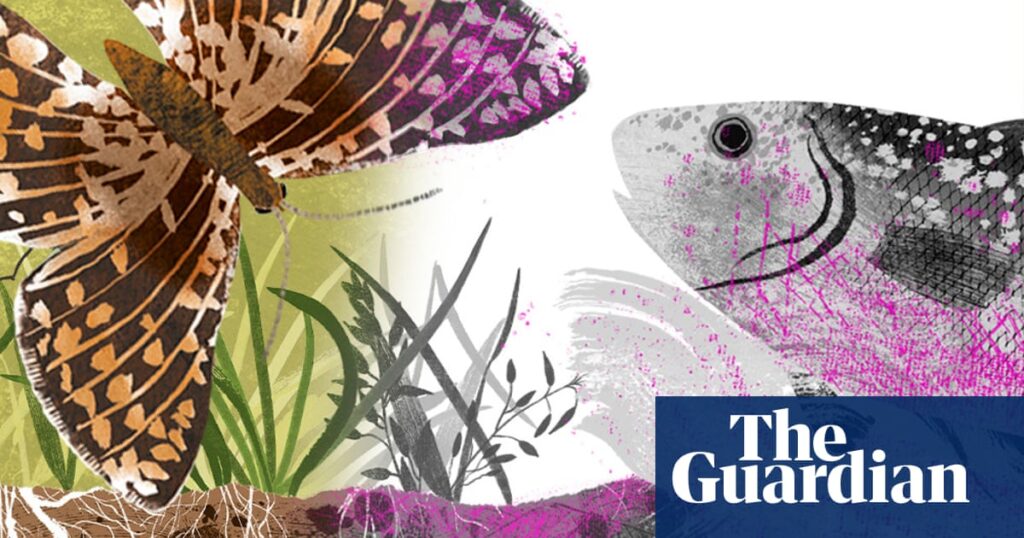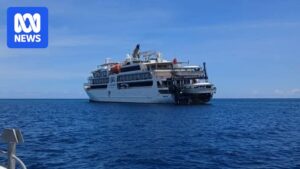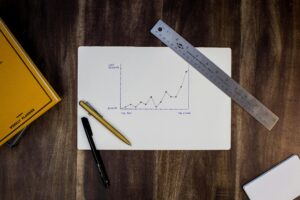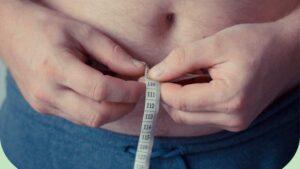
The story of microplastics begins with a single thread of polyester, dislodged from the weave of a cheap, pink acrylic jumper as it spins around a washing machine. In just one cycle, this load of laundry can shed up to 700,000 tiny plastic fragments and threads. These microscopic fibers, along with billions of others, travel through household wastewater pipes, often ending up as sewage sludge spread on fields to aid crop growth. This practice inadvertently turns soil into a significant reservoir of microplastics. A wastewater treatment plant in Wales discovered that 1% of the weight of sewage sludge was plastic.
Once in the soil, these fibers weave into the ecosystem, moving up the food chain through insects, birds, mammals, and eventually humans. While the jumper may only last a few outings before being discarded, the polyester thread can persist in the environment for centuries.
Microplastics in Soil and Insects
Spread on fields as water or sludge, the tiny fiber integrates into the soil ecosystem. A worm living under a wheat field might mistake the thread for organic matter, consuming it but unable to process it. According to a study published in April, nearly one in three earthworms contains plastic, as do a quarter of slugs and snails. Caterpillars of various butterfly species also ingest plastic, likely from contaminated leaves.
With plastic in its gut, the earthworm struggles to digest nutrients and may begin losing weight. For insects, consuming plastic is linked to stunted growth, reduced fertility, and organ damage. Even the smallest soil organisms, like mites and nematodes, which are crucial for land fertility, are negatively impacted by plastic.
Plastic pollution in soil surpasses that in oceans, posing a threat not only to soil health but also to the foundational species of food chains.
Ascending the Food Chain
In suburban gardens, hedgehogs consume invertebrates, ingesting plastic fibers along the way. A study found plastics in the feces of four out of seven hedgehogs, with one containing 12 polyester fibers. Similar findings apply to mice, voles, and rats, which also consume plastic directly or through prey.
Birds like swifts, thrushes, and blackbirds ingest plastic via insects. Research has shown microplastics in bird lungs, inhaled from the environment. “Microplastics are now ubiquitous at every level of the food web,” says Prof. Fiona Mathews, an environmental biologist at the University of Sussex. Farm animals’ meat, milk, and blood also contain microplastics.
Humans, at the top of the food chain, consume at least 50,000 microplastic particles annually, found in our food, water, and air. These fragments have been detected in human blood, semen, lungs, breast milk, bone marrow, placenta, testicles, and the brain.
The Global Journey of Microplastics
Even as it ascends the food chain, the polyester fiber remains intact. When the host organism dies, the fiber returns to the soil, beginning a new journey. It may be blown into the air by strong winds or washed into rivers during heavy rain, contributing to marine contamination.
Microplastics equivalent to 300 million plastic water bottles have been found in US national parks, illustrating their pervasive spread.
Over time, the fiber breaks into smaller fragments, infiltrating plant root cells and affecting their ability to photosynthesize. Research shows that nanoplastics in plants can block nutrient and water channels, harm cells, and release toxic chemicals. Staples like wheat, rice, and lettuce have been found to contain plastic, entering the human food chain.
The Scale of Plastic Pollution
Since the 1950s, over 8.3 billion tonnes of plastic have been produced, equivalent to the weight of one billion elephants. This plastic is found in packaging, textiles, agricultural materials, and consumer goods. Avoiding it entirely is nearly impossible.
Emily Thrift, a researcher at the University of Sussex, emphasizes that while consumers can reduce their plastic use, the responsibility should not rest solely on them. “If you do make this level of waste, there needs to be some form of penalization for doing it,” she states. Thrift argues that without policies holding corporations accountable, significant change is unlikely.
The journey of a single microplastic fiber illustrates the complex and far-reaching impact of plastic pollution. Addressing this issue requires concerted efforts from individuals, industries, and policymakers to prevent further environmental harm.





